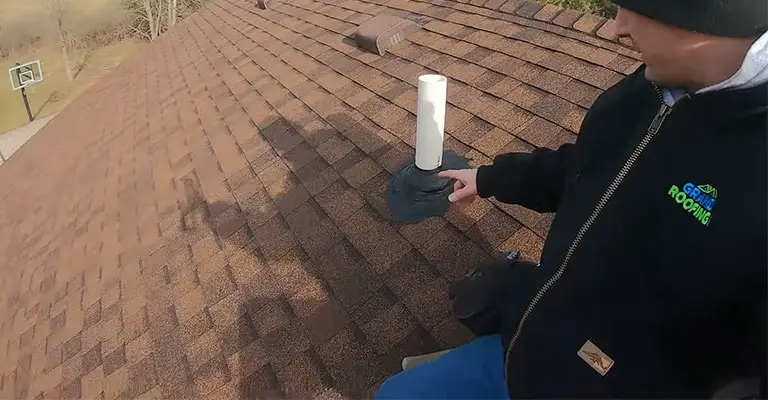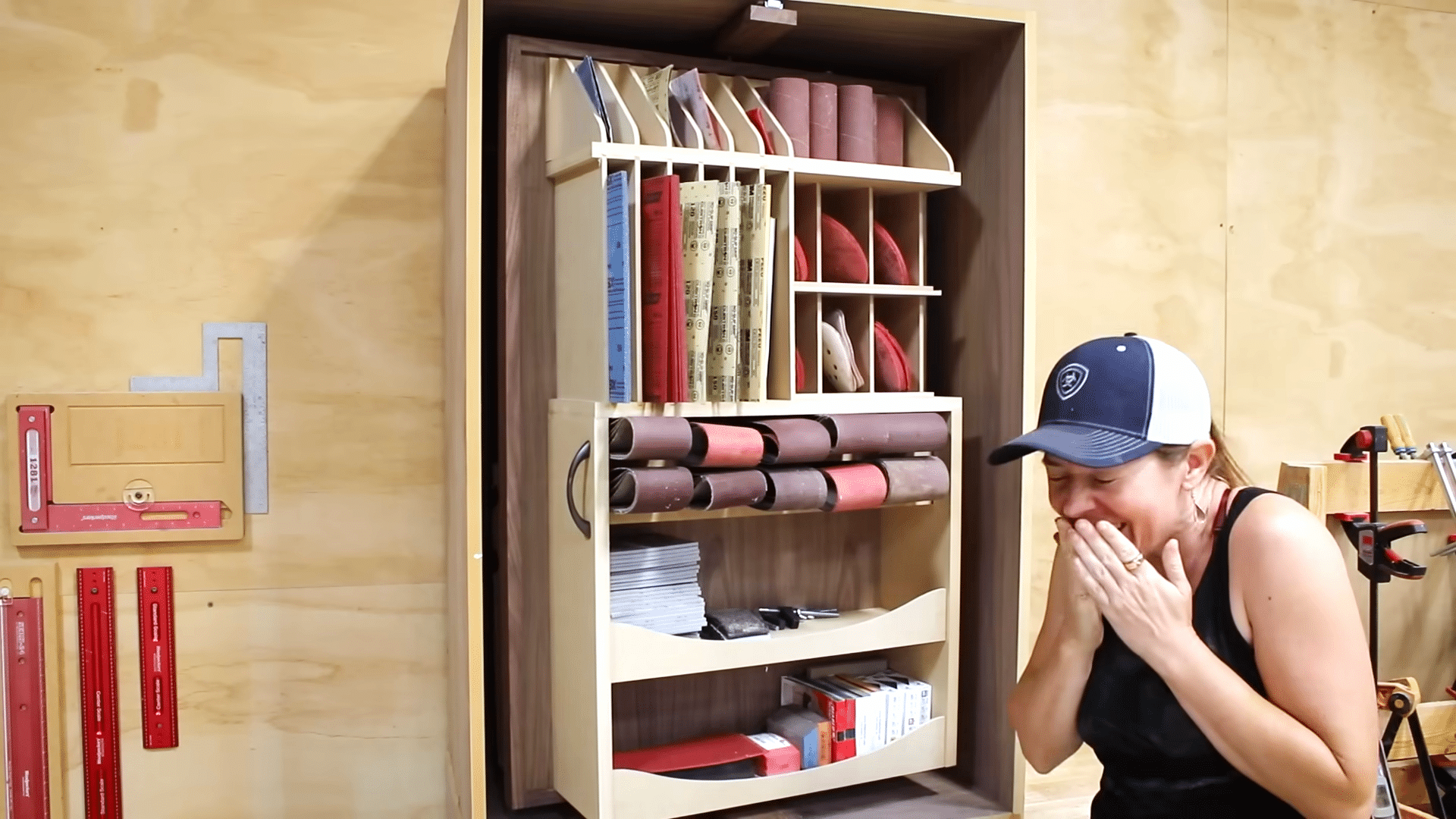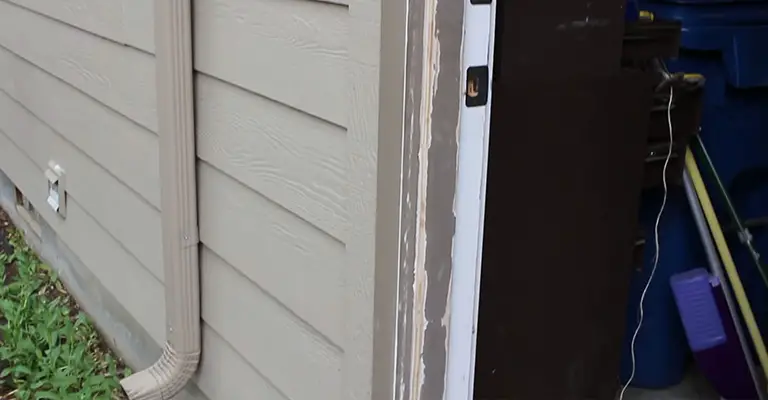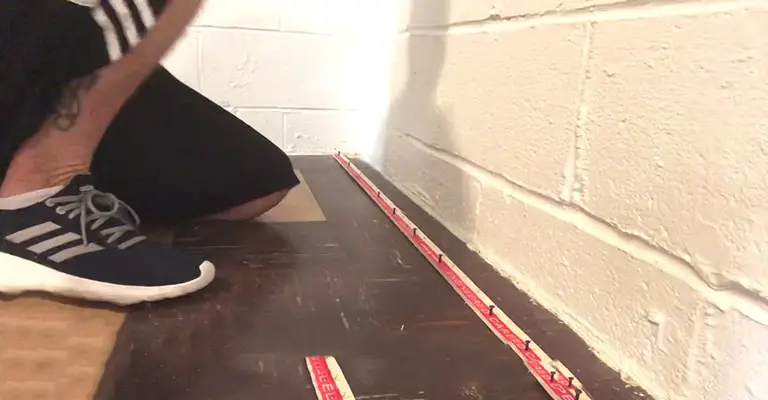A Step-by-Step Guide on How to Replace Basement Windows
When it comes to home renovations, basement window replacements might not be at the top of everyone’s list. However, these windows play a crucial role in ensuring natural light, insulation, and security for the basement space.
If you’ve noticed signs of damage, drafts, or simply wish to upgrade, it might be time to replace them. Here’s a step-by-step guide on how to replace basement windows effectively.
A Comprehensive Guide on Replacing Basement Windows
1. Assessing the Need for Replacement
Signs you may need to replace your basement windows:
A. Cracks or damage
Physical damages can let in pests, drafts, and moisture.
B. Condensation
Indicates seal failure or insufficient insulation.
C. Drafts
A clear sign of energy inefficiency, increasing heating and cooling bills.
2. Gather the Necessary Materials
Before embarking on this DIY project, ensure you have the following:
- New windows (measure your old ones for accuracy)
- Safety glasses and gloves
- Pry bar or chisel
- Hammer
- Sealant/caulk
- Screwdriver or power drill
- Galvanized screws
- Shims
- Foam insulation
- Waterproof membrane (optional)
3. Removal of the Old Basement Window
A. Safety first
Wear protective gear.
B. Remove trim or casing
This gives you access to the entire window.
C. Take out the window
Using a pry bar or chisel, carefully remove the old window. Begin from the top and work your way down.
4. Prepping the Window Opening
A. Clean the area
Remove all debris, old caulk, or any other materials left behind.
B. Check the opening size
Ensure it matches the size of the new window. If not, you may need to adjust by enlarging or framing the opening.
C. Inspect for damages
Check for any damages or rots in the window frame. Repair or replace as necessary.
5. Installing the New Basement Window
A. Test fit
Before sealing or screwing anything in place, test fit the window to ensure it sits properly.
B. Apply sealant
Use a high-quality exterior caulk or sealant on the bottom sill. This prevents moisture entry and enhances insulation.
C. Set the window
Carefully place the new window in the opening. Make sure it’s level.
D. Secure the window
Using galvanized screws, secure the window into place.
E. Use shims for adjustment
If the window isn’t perfectly square or level, use wooden or plastic shims to adjust. Once satisfied, fasten the window properly.
F. Insulate
Fill any gaps around the window with foam insulation for added energy efficiency.
G. Add a waterproof membrane
If your basement is prone to moisture, consider adding a waterproof membrane around the exterior window frame.
6. Finishing Touches
A. Reattach or replace trim
This gives your window a polished look and added seal.
B. Sealant
Apply caulk around the exterior of the window to prevent any water or drafts from entering.
C. Paint
If desired, finish with a fresh coat of paint to match the rest of your home.
Additional Tips for a Successful Basement Window Replacement
1. Window Selection: Energy Efficiency and Safety
When selecting basement windows, consider double-pane options with insulating gases like argon between the panes. Not only do these improve energy efficiency, but they also offer better soundproofing. For safety, especially if the basement is a living space, egress windows are essential. They provide a safe escape route in emergencies.
2. Correct Measurements
Getting the measurements right is paramount. Measure the height and width of the existing window space in multiple locations to account for any irregularities. When in doubt, take the smallest measurement to ensure the new window will fit.
3. Tools
Having the right tools can make the job much easier. If you’re doing multiple windows or foresee other home projects in the future, consider investing in power tools, which can speed up the process and ensure tighter fittings.
4. Proper Drainage
Basements are notoriously susceptible to moisture. Ensure the ground outside slopes away from the window. This helps prevent water accumulation. Consider adding window wells with gravel for better drainage if the window is below ground level.
5. Regular Maintenance
Once your new windows are installed, regular maintenance can extend their lifespan. Clean them regularly, inspect for cracks or seal failures, and re-caulk when necessary.
6. Know When to Seek Professionals
While replacing basement windows can be a fulfilling DIY project, it might not be for everyone. If you come across challenges that you’re unsure about, it might be worth calling in a professional. Improper installation can lead to long-term problems like water damage, mold, or decreased energy efficiency.
Conclusion
Replacing an existing basement window is more than just an aesthetic upgrade; it’s a blend of functionality and home improvement that offers long-term benefits. When you’re looking to purchase replacement windows, particularly for those tiny basement windows encased in a metal frame, it’s crucial to have a keen understanding of the entire process.
From removing the old window frame using a hammer and cold chisel to securing the new window sash and frames with double-threaded concrete screws, every step is crucial for ensuring a seamless fit and impeccable finish. For homeowners with specific needs, opting for a custom window might be the best choice, especially if considering the addition of an egress window for safety.
As you embark on this journey of fitting replacement basement windows, always prioritize quality, safety, and accuracy to guarantee the longevity and performance of your new installations.






